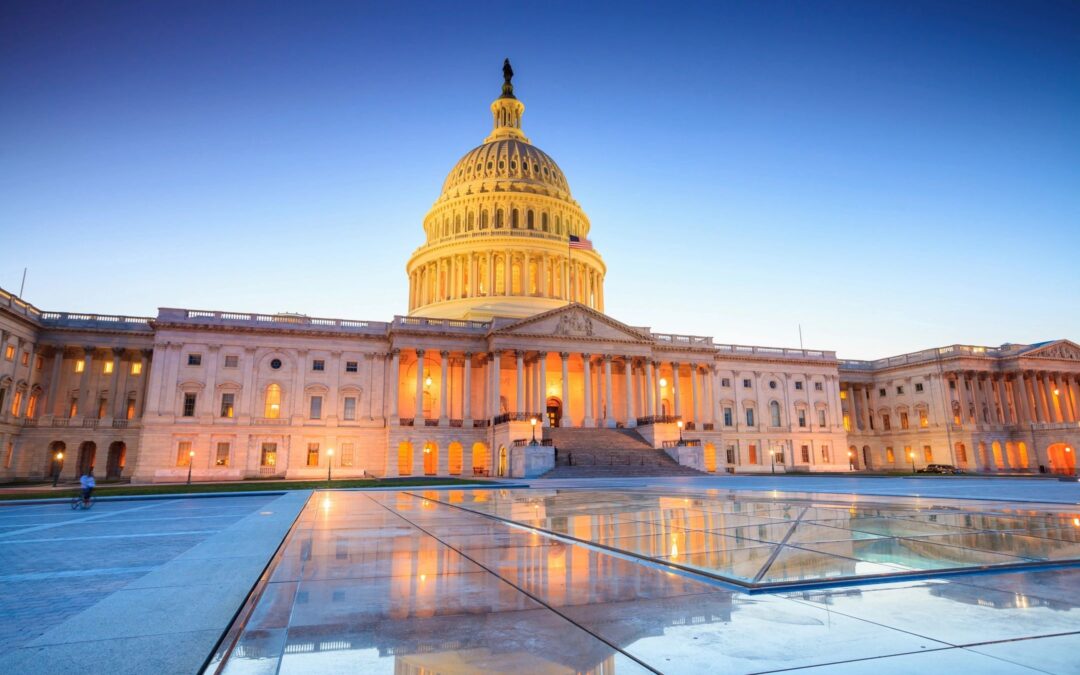By Nick Bagnolo and Kenny Luchesi –
The Senate recently introduced a bill directed to substantially narrowing the scope of post grant proceedings, including Inter Partes Reviews (“IPRs”), before the Patent Trial and Appeal Board (“PTAB”). First introduced by a coalition of bipartisan senators, the Promoting and Respecting Economically Vital American Innovation Leadership (“PREVAIL”) Act has three primary objectives: (1) harmonizing certain legal standards in IPRs with that of the applicable standards in federal district court proceedings; (2) reducing redundant challenges at the PTAB and in federal district courts; and (3) safeguarding the integrity of IPRs. Certain procedures designed to accomplish these broad objectives for reform are discussed in greater detail below.
Harmonization of IPRs with Federal District Court Proceedings. A series of modifications would seek to bring the mechanics of IPRs more in line with those of federal district court proceedings. First, only those parties capable of satisfying the standing requirements necessary to bring a declaratory judgment action in federal district court would be able to file an IPR petition. This heightened standard presumably seeks to cut down on the number of frivolous petitions filed before any tangible dispute between the parties is on the horizon. Second, the current “preponderance of the evidence” standard employed at the PTAB would be replaced by the “clear and convincing evidence” standard, bringing IPRs in line with the standard of proof required to invalidate patents in federal district court. Third, the claim construction standard at the PTAB would be memorialized as being consistent with the Phillips standard used in district Court. While the USPTO replaced the “broadest reasonable interpretation” standard used in IPRs with a final rule published in 2018, the PREVAIL Act would enshrine this change in law.
Reducing Redundant Challenges. Another prominent objective of the legislation is to reduce redundancies between district court litigation and PTAB proceedings, freeing up judicial and administrative resources. One of the most significant changes would require petitioners at the PTAB to drop any and all invalidity defenses from a pending district court litigation if those defenses could have been raised at the PTAB. Such a change would bring an end to any further debates regarding so-called “IPR estoppel.” A defendant in district court litigation (and thus the petitioner at the PTAB) would now be required to take a position as to the forum in which it chooses to fight its invalidity battle. Other proposed changes supporting this goal include the following: (i) a prohibition on the filing of multiple petitions against the same patent; (ii) where any party contributes financially to a PTAB challenge, they will be barred from bringing their own challenge; (iii) joinder would no longer be an option for a party that is time-barred from bringing their own petition; and (iv) where a petition is denied institution by the PTAB, the petitioner will no longer be able to resort to reexamination proceedings at the USPTO as a potential “second bite at the apple.” Conversely, absent exceptional circumstances, the PTAB would also be required to reject any petitions based on arguments previously adjudicated by another forum.
Safeguarding the Integrity of the PTAB. The final goal of the PREVAIL Act will likely not have as much of an immediate impact on practitioners’ day-to-day practice before the PTAB, but rather addresses more public-oriented aspects of the USPTO as an agency. First, any judges participating in the institution phase of a PTAB proceeding will be prohibited from later serving on the panel following institution. By bringing in a fresh panel of judges for each trial, any potential holdover bias from the pre-institution phase will be eliminated. Second, the USPTO Director will now be expressly forbidden from interfering or otherwise influencing the outcome of PTAB proceedings. Screening the Director from the outcome of individual cases is thought to help increase transparency at the PTAB. The Director will, however, retain the authority to engage in Director Review. Third, the Director would be responsible for instituting a Code of Conduct for all PTAB judges to further the transparency goals of the agency. Fourth, any fees paid to the USPTO would no longer be subject to diversion away from the agency. A new “revolving fund” would be introduced within the U.S. Treasury to ensure all fees remain with the USPTO and are used to further agency objectives. And fifth, access to USPTO resources for individuals and small businesses would be enhanced. The Small Business Administration would draft two separate reports examining the impacts of patents and abusive enforcement behavior, while the USPTO would also expand certain search databases so as to be more accessible to the public.
Overall, the PREVAIL Act is fairly aggressive legislation that seeks to close a number of loopholes that have been exposed and exploited throughout the first decade of the AIA’s revised post-grant proceedings. The closure of these loopholes dovetails nicely with the Act’s focus on improving the transparency and public perception of the agency as a whole.
Kenneth Luchesi
Latest posts by Kenneth Luchesi (see all)
- PTAB Denies Parallel IPR Petition - March 13, 2024
- Legislation: Will the Post-Grant Procedures Established by the AIA PREVAIL? - August 28, 2023
- PTAB Rules Certificate of Correction is Not Retroactive in IPR - February 21, 2020

